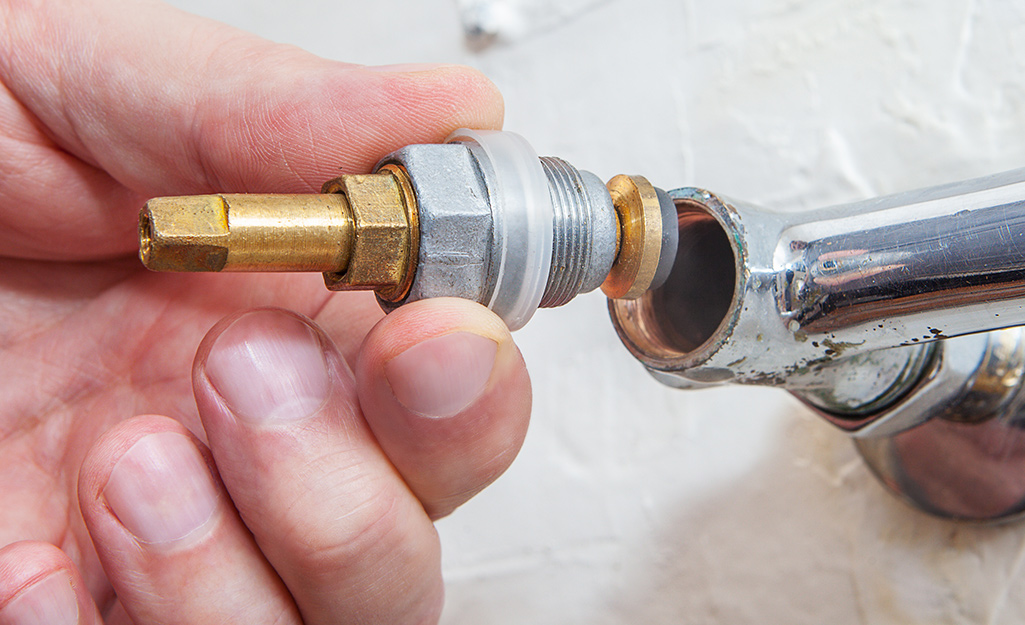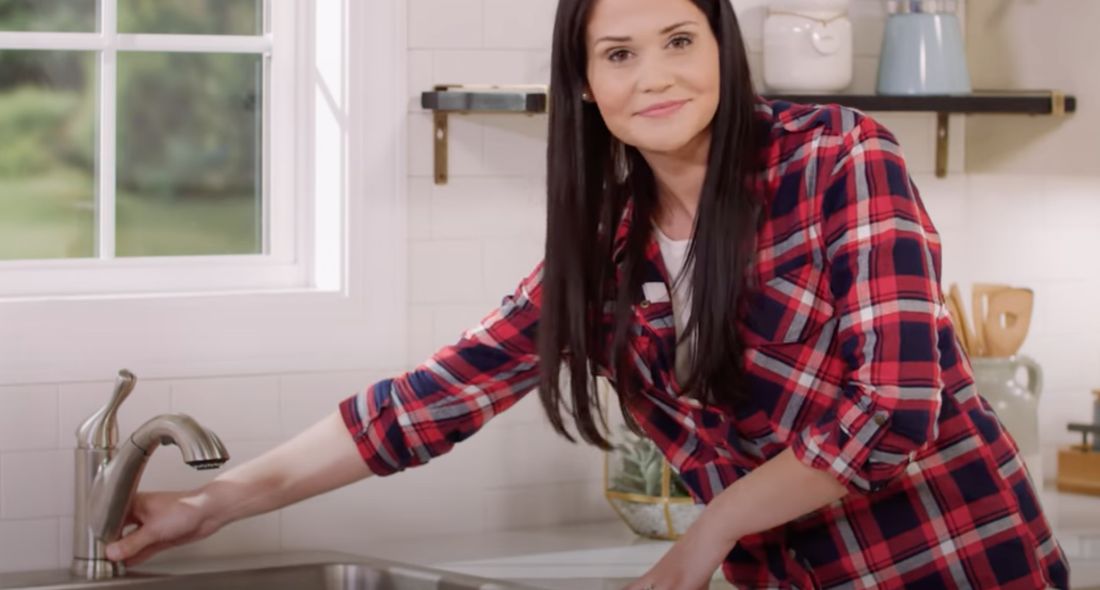This article which follows in relation to Water Dripping from Faucet: Why and How to Fix is amazingly enlightening. You should take a look.

Trickling taps could seem like a small inconvenience, but their influence exceeds just the annoyance of the noise. From wasting water to incurring unneeded economic costs and health dangers, overlooking a dripping faucet can result in different repercussions. In this post, we'll look into why it's crucial to address this common household problem immediately and successfully.
Waste of Water
Ecological Effect
Leaking taps add substantially to water wastefulness. According to the Epa (EPA), a solitary faucet dripping at one drip per secondly can throw away greater than 3,000 gallons of water per year. This not only strains water sources however also affects ecological communities and wild animals dependent on them.
Financial Costs
Raised Water Expenses
Past the ecological impact, leaking faucets can blow up water expenses considerably. The collected wastefulness in time converts into greater utility costs, which can have been avoided with timely repair services.
Possible Residential Property Damage
Furthermore, long term dripping can result in damage to components and surface areas surrounding the faucet. Water build-up can create discoloration, deterioration, and also architectural concerns if left unattended, resulting in additional repair work prices.
Wellness Concerns
Mold and Mold Development
The consistent visibility of dampness from a leaking faucet produces an optimal environment for mold and mildew and mildew growth. These fungi not only jeopardize indoor air top quality yet also present health and wellness risks, specifically for individuals with respiratory problems or allergies.
Waterborne Illness
Stationary water in trickling taps can become a breeding place for bacteria and other microorganisms, boosting the danger of waterborne conditions. Impurities such as Legionella microorganisms grow in stationary water, possibly causing significant ailments when consumed or breathed in.
DIY vs. Professional Repair
Advantages and disadvantages of Do It Yourself Fixing
While some might attempt to fix a dripping faucet themselves, DIY fixings come with their own set of obstacles. Without correct knowledge and tools, DIY attempts can worsen the concern or bring about incomplete repair services, lengthening the trouble.
Advantages of Working With a Specialist Plumber
Working with a specialist plumber ensures that the underlying reason for the leaking faucet is addressed effectively. Plumbing professionals have the know-how and equipment to detect and fix faucet issues successfully, conserving time and reducing the risk of further damages.
Step-by-Step Overview to Repairing a Dripping Tap
Tools Needed
Prior to trying to take care of a leaking tap, gather the necessary devices, consisting of an adjustable wrench, screwdrivers, substitute parts (such as washing machines or cartridges), and plumber's tape.
Typical Tap Issues and Their Solutions
Identify the kind of faucet and the certain issue triggering the drip. Usual problems consist of worn-out washers, rusty valve seats, or defective O-rings. Describe supplier directions or on the internet tutorials for detailed support on repair work.
Preventive Measures
Normal Maintenance Tips
To stop dripping faucets, do regular upkeep such as cleansing aerators, inspecting for leaks, and changing damaged components without delay. In addition, take into consideration mounting water-saving tools or updating to more reliable components.
Relevance of Prompt Services
Resolving leaking faucets as soon as they're discovered avoids further water wastage and possible damage, ultimately conserving both water and cash over time.
Effect On Residential Property Value
Assumption of Well-Maintained Building
Preserving a residential property in good condition, including addressing upkeep concerns like leaking taps, enhances its viewed worth and value among prospective customers or renters.
Impact on Resale Worth
Residences with properly maintained plumbing fixtures, including faucets, command greater resale worths in the realty market. Resolving dripping faucets can contribute to a favorable impact throughout property assessments and arrangements.
Ecological Responsibility
Individual Contribution to Preservation
Taking responsibility for dealing with trickling taps straightens with broader initiatives towards water preservation and ecological sustainability. Every person's actions collectively make a significant impact on maintaining precious resources.
Lasting Living Practices
By focusing on timely repairs and taking on water-saving routines, individuals add to sustainable living techniques that profit both present and future generations.
Conclusion
Attending to a trickling faucet exceeds plain comfort; it's an essential action toward preserving water, reducing economic expenses, and securing health and wellness and building. Whether via do it yourself repair work or professional help, taking action to deal with leaking taps is a little yet impactful means to promote liable stewardship of resources and add to a healthier, extra sustainable future.
How to Fix a Leaky Faucet: Step-by-Step Repair Guide
A leaky faucet may seem like a simple annoyance, but if it's not fixed promptly, that leak could cost hundreds to potentially thousands. From water damage to mold, mildew, and high water bills, even a tiny leak can be catastrophic if left unattended. Damage like this can even affect the overall value of your home, so it's important to take the right approach for leaky faucet repair. You may need the help of a plumber in some cases, but we've got a few tips you can try on how to fix a leaky faucet before calling the pros.
Four Faucet Types
When you're learning how to fix a leaky faucet, the first step is knowing what kind of faucet you're working with! There are four common types.
Cartridge Faucets
Cartridge faucets come in one- or two-handled varieties. In one-handled cartridge faucets, hot and cold water combines in a single cartridge. In the two-handled versions, hot and cold water are controlled separately and mixed in the faucet.
Ball Faucets
Ball faucets have a single lever you push up and down to adjust the pressure and rotate to change the temperature. A slotted metal ball controls the amount of water allowed into the spout.
Compression Washer Faucets
They're the oldest type of faucet, but they're still used in many homes — especially older ones. Compression faucets have two separate handles that, when turned, raise or lower the washer that seals a water valve. This valve stops water from flowing through the faucet when it is turned off.
Disc Faucets
Disc faucets rarely need to be repaired due to their maintenance-free design. The water flow is controlled by two discs — the upper one raises and lowers against a fixed lower disc, creating a watertight seal. If your disc faucet starts leaking, you may need to replace the seals or clean residue buildup from the inlets.
Fixing a Leaky Faucet
Step 1: Turn Off the Water
Whether you're learning how to fix a leaky bathtub faucet or how to fix a leaky kitchen faucet, always turn off the water supply to your working area when you're fixing a leak. The last thing you want is a flood added to your list of things to fix.
Look for the shutoff valves below your sink or around the tub and turn them clockwise to stop the water flow. If your faucet doesn't have shutoff valves, you may need to turn off the water for the whole house. Check to make sure it's off by turning the faucet on. If nothing comes out, you're ready to start the repair.
Step 2: Take Apart the Faucet
How you disassemble your faucet depends on the type of fixture you have. You can use a flathead screwdriver to remove the caps on top of the handle or handles for cartridge and compression faucets. Inside, you should see handle screws. Unscrew these with a screwdriver to remove the handle.
Disc- and ball-style faucets will typically have an inlet screw near the handle, and removing that will reveal the interior of the faucet.
Detach the Valve Stem
For cartridge- and compression-style faucets, you'll see the inner valve stem or cartridge once you remove the faucet handles. If you have a compression faucet, unscrew the brass valve stem. If you have a cartridge faucet, pull out the cartridge. If your cartridge has been in place for a while, it may require some tools or extra force to remove it due to mineral deposits.
Examine and Replace Parts
Once you've removed the parts, check them out to confirm what needs to be replaced. You may see corroded rubber washers, O-rings, stems, or cartridges. On a ball-style faucet, check the seats and springs for damage.
If you need to repair a leaky disc faucet, check the inlet and seals on the lower disc.
Once you determine what parts must be replaced, visit your local hardware store. Bring the damaged parts with you to ensure you can purchase the correct components to replace them.
Clean Valves and Faucet Cavity
If you've removed a stem or cartridge, you may notice mineral buildup in the faucet's threads. Use white vinegar to clean the valve seat by soaking it for a few minutes, then scrub it away with a soft toothbrush and rinse with warm water. You can also clean the interior of the faucet in the same way.
Reassemble the Faucet
Once your faucet is cleaned and the required parts have been replaced, it's time to reassemble it. Put the pieces back together and slowly turn the water supply back on. Doing this slowly is crucial because too much initial water pressure can damage the new hardware you've just installed.
https://homewarranty.firstam.com/blog/how-to-fix-leaky-faucet

I'm just very curious about What Causes Leaky Faucets & How To Fix Them and I am hoping you enjoyed reading the new blog entry. Sharing is nice. You won't know, you will be doing someone a favor. We treasure reading our article about Why It's Important to Fix Leaky Faucets.